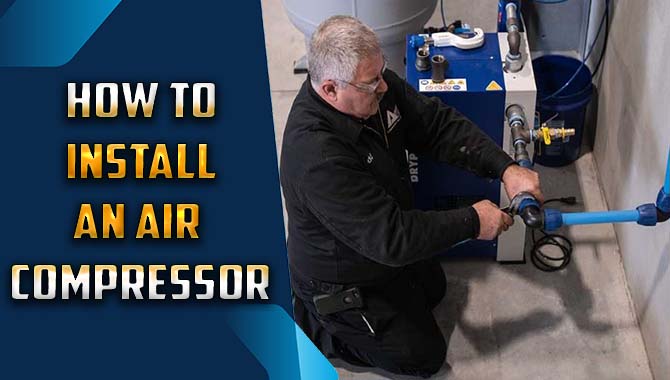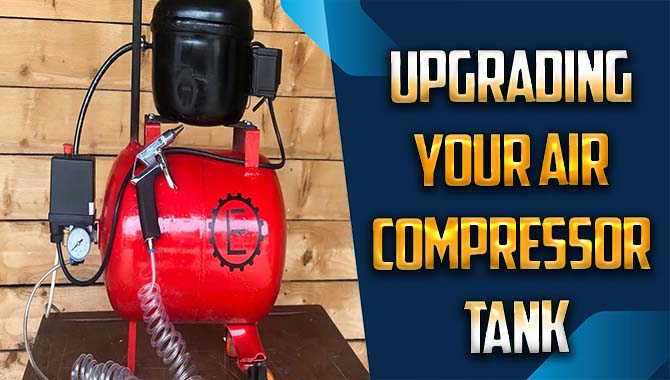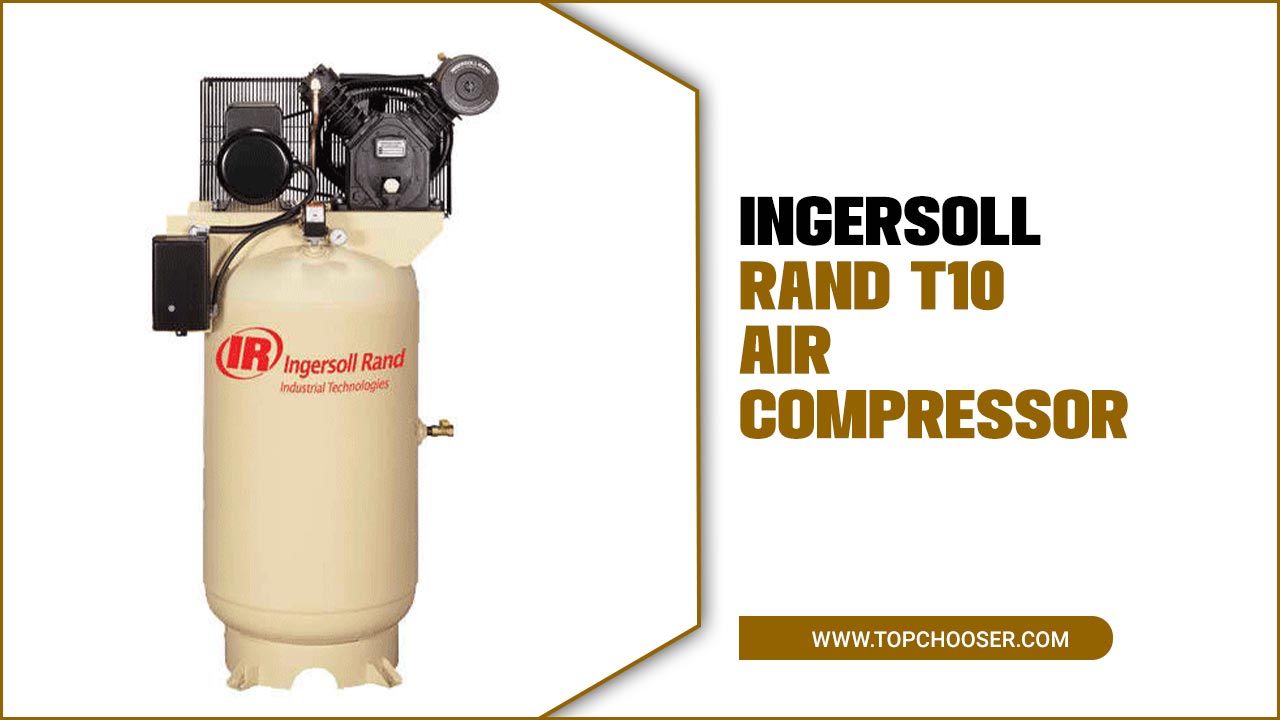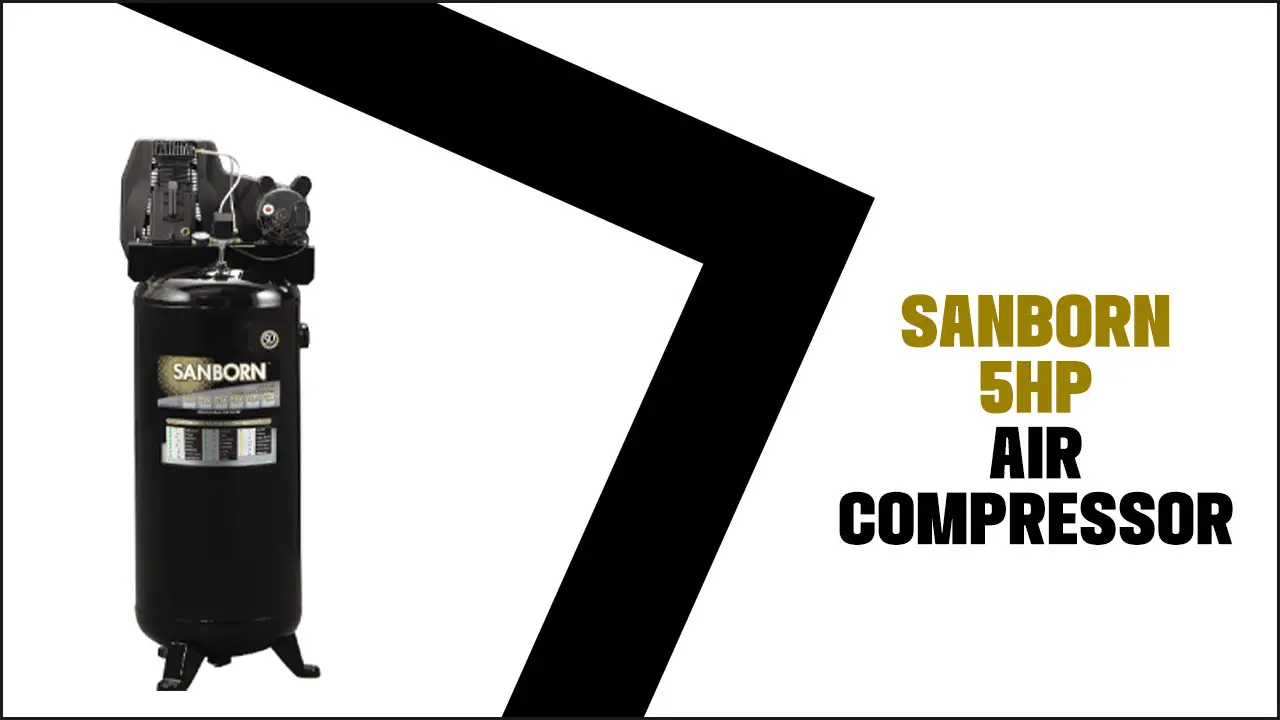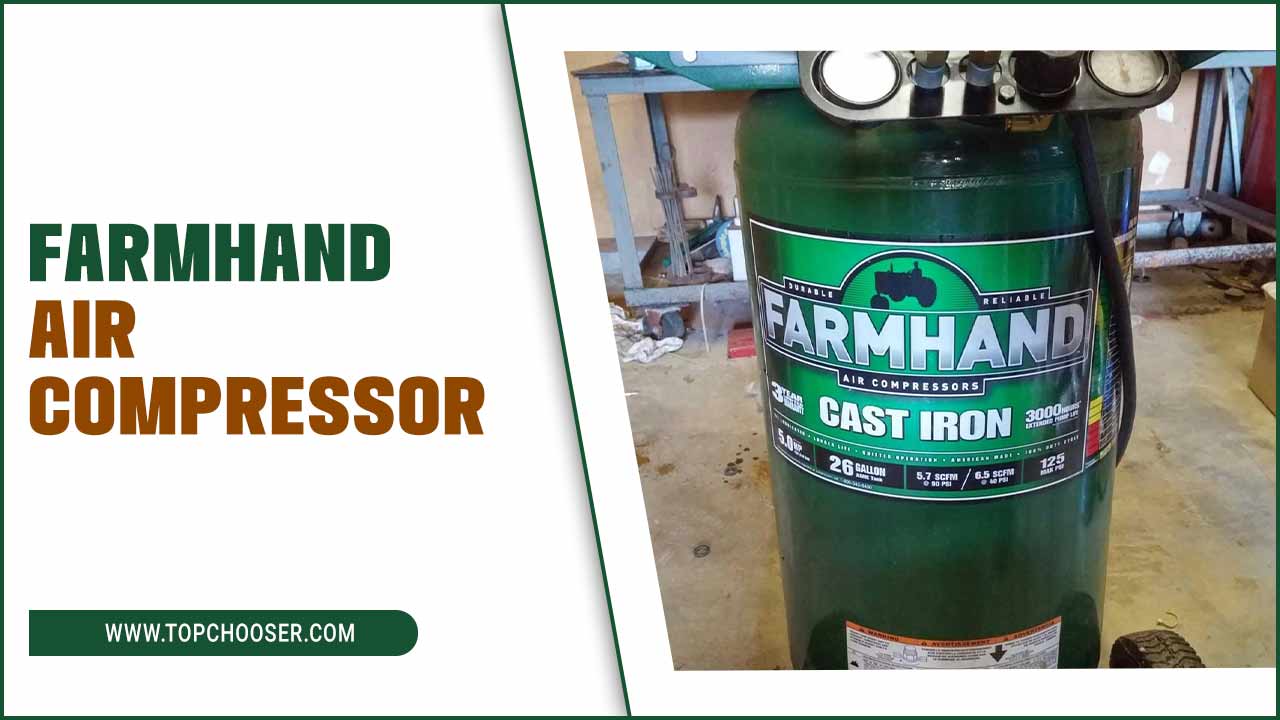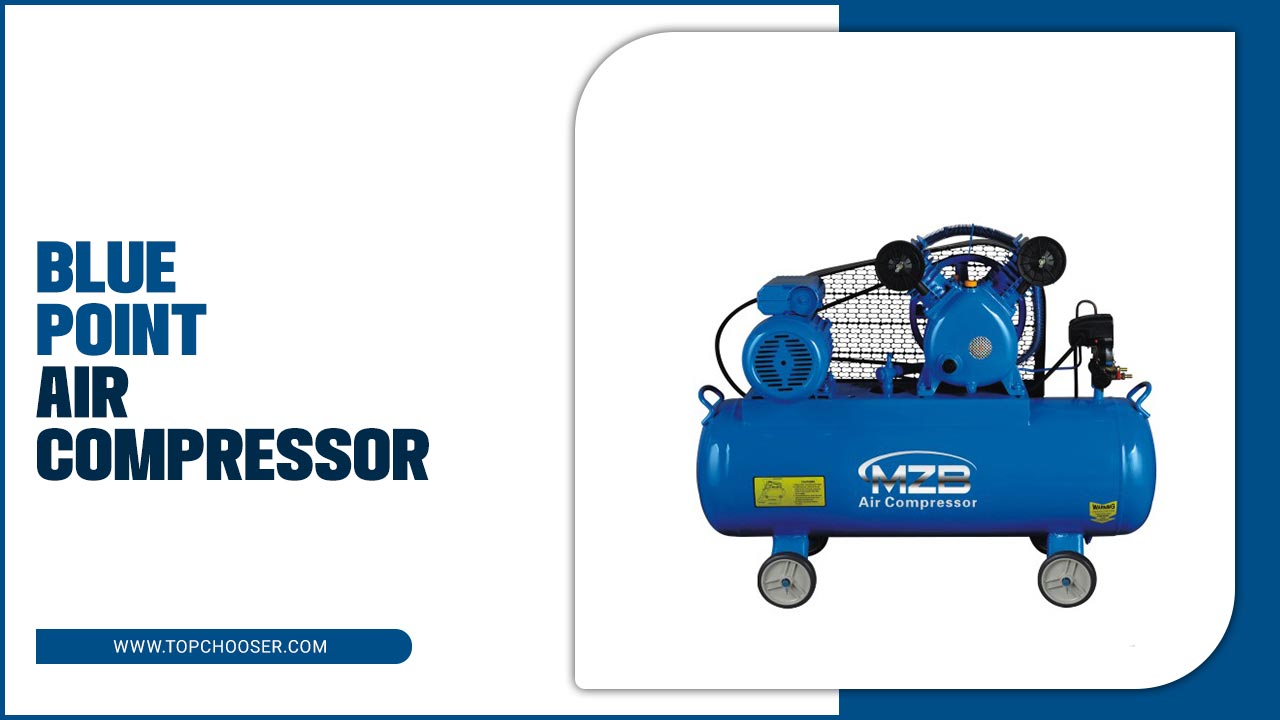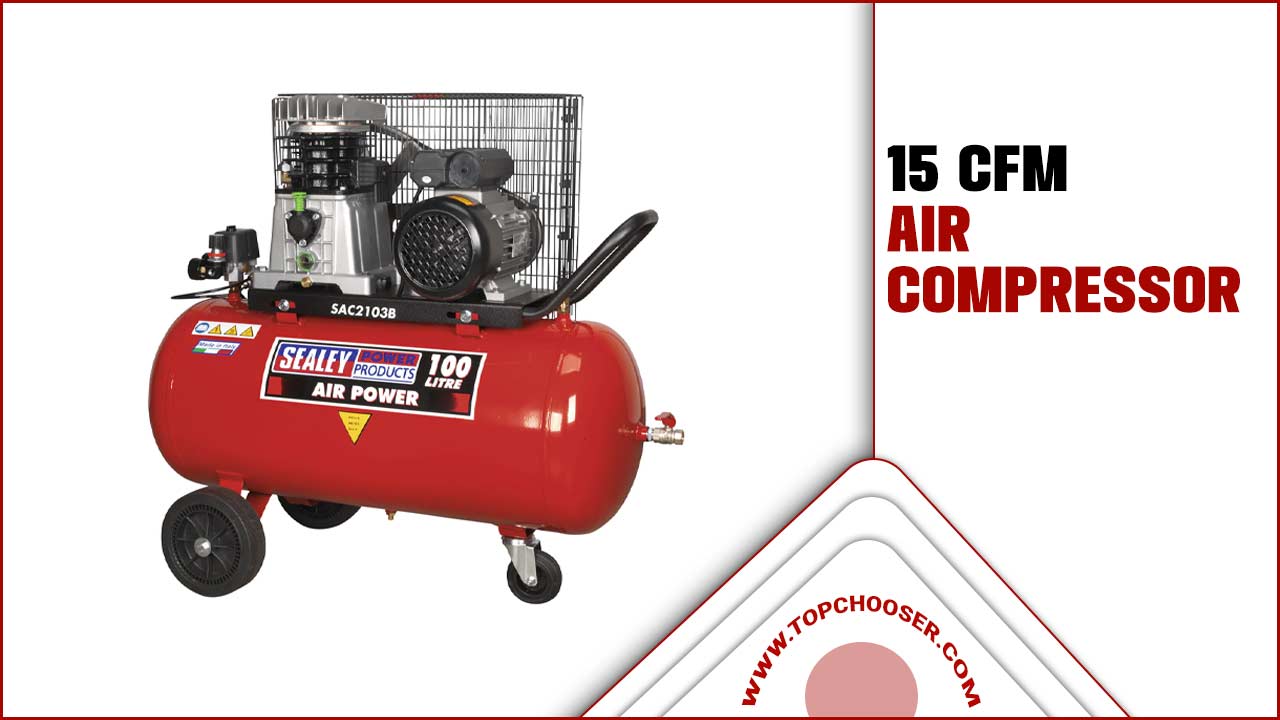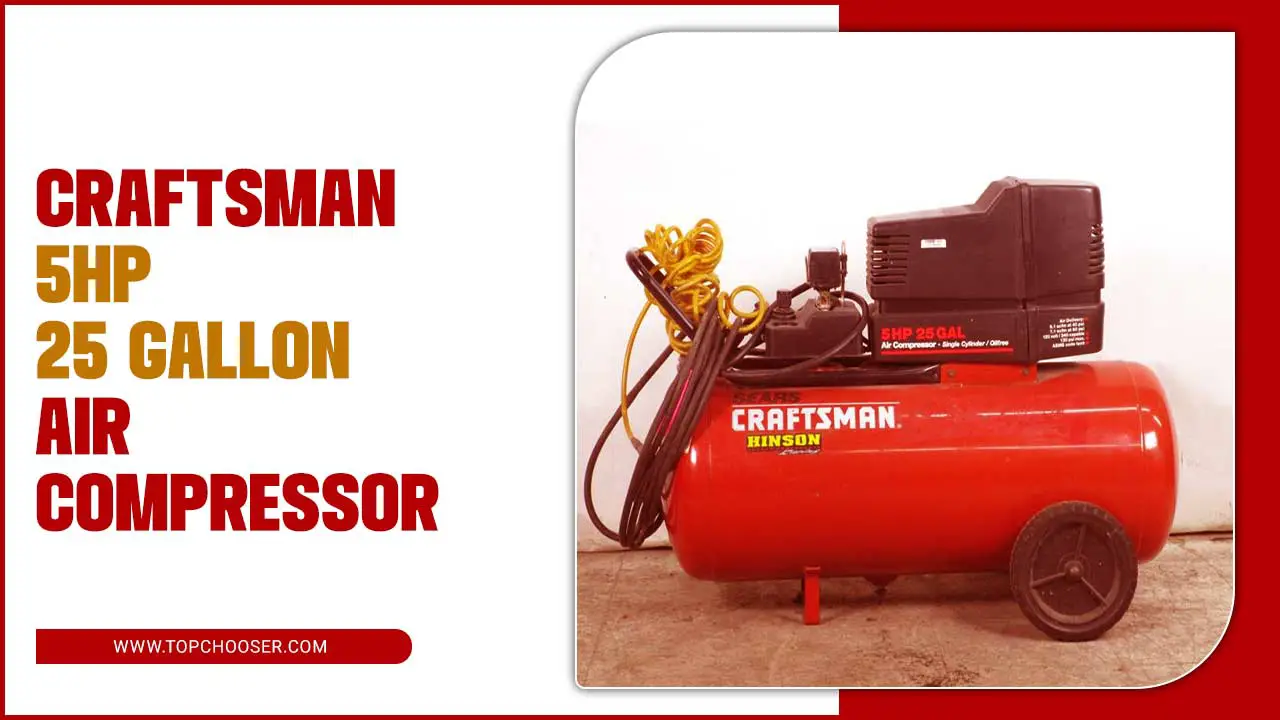Running a service truck can be challenging, especially when it comes to ensuring that all your tools and equipment are properly set up and ready to use at a moment’s notice.
As a service truck owner, you may know that one of the essential tools that you need to have is an air compressor. An air compressor is a vital component for powering a variety of pneumatic tools such as impact wrenches, drills, and nail guns, among others.
We will throw you through the process of service truck air compressor setup; from understanding the importance of having one to assessing your needs, choosing the right type, and determining the power source options – we’ve got you covered. From understanding the importance of having one to assessing your needs, choosing the right type, and determining the power source options – we’ve got you covered.
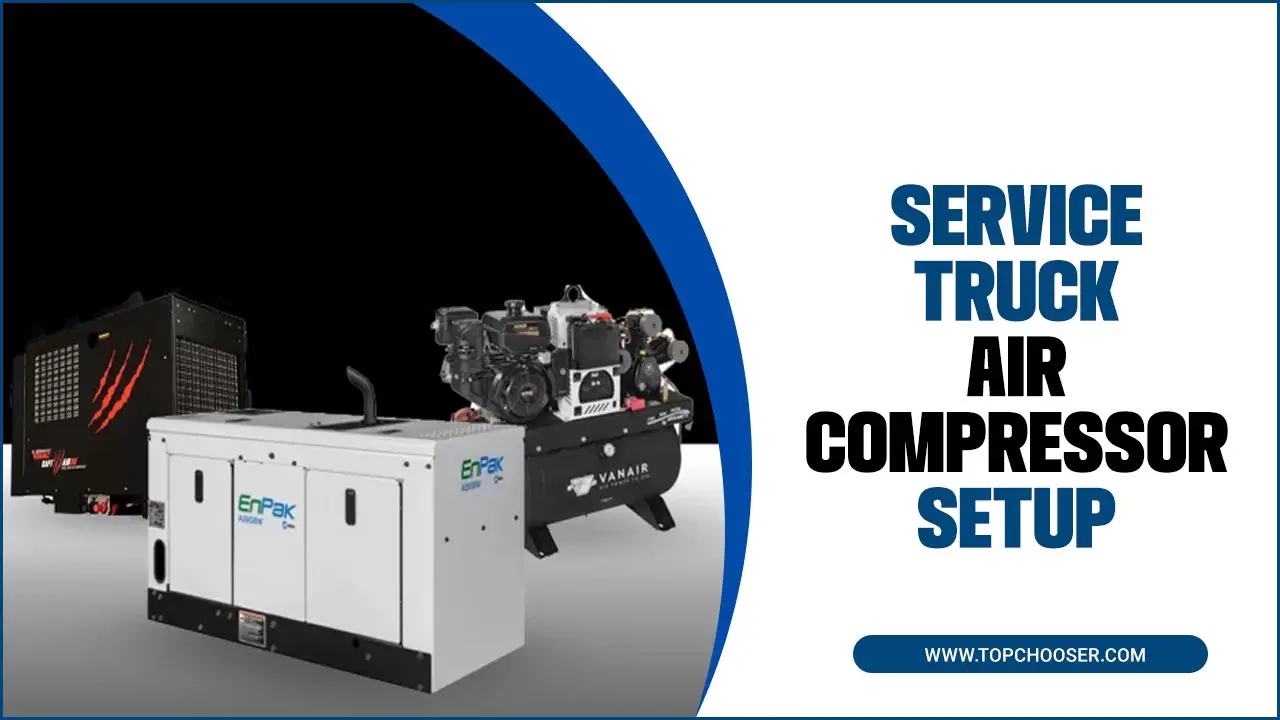
How To Get Started With Your Service Truck Air Compressor Setup
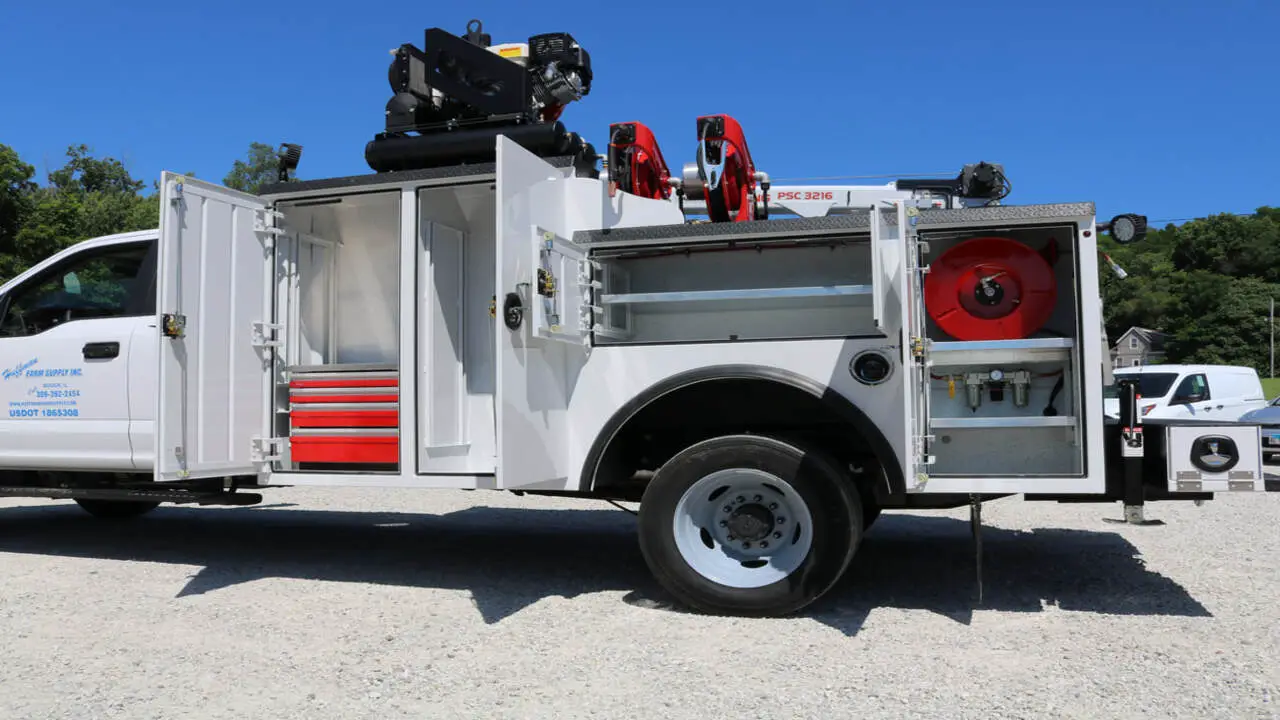
To get started with your service truck air compressor setup, choosing the right size and type of air compressor for your specific needs is important. Consider requirements such as CFM (cubic feet per minute) and PSI (pounds per square inch). Once you have chosen the compressor, determine the optimal mounting location on your truck, ensuring easy access and efficient use of space.
Install all necessary components, including air hoses, fittings, and regulators, and set up a storage system for your air tools and accessories. Regularly test and maintain your air compressor to ensure proper functionality, and always follow safety precautions while operating it on your service truck.
The Importance Of A Service Truck Air Compressor
A service truck air compressor plays a crucial role in powering pneumatic tools and equipment on the go, allowing for the efficient and productive completion of various tasks. Its ability to inflate tires, operate power tools, and provide emergency roadside assistance offers convenience and versatility.
By having a properly set up service truck air compressor, you can save time and effort by eliminating the need for external power sources. Investing in a high-quality air compressor is a smart decision that yields long-term benefits.
Assessing Your Needs And Determining The Right Size And Capacity
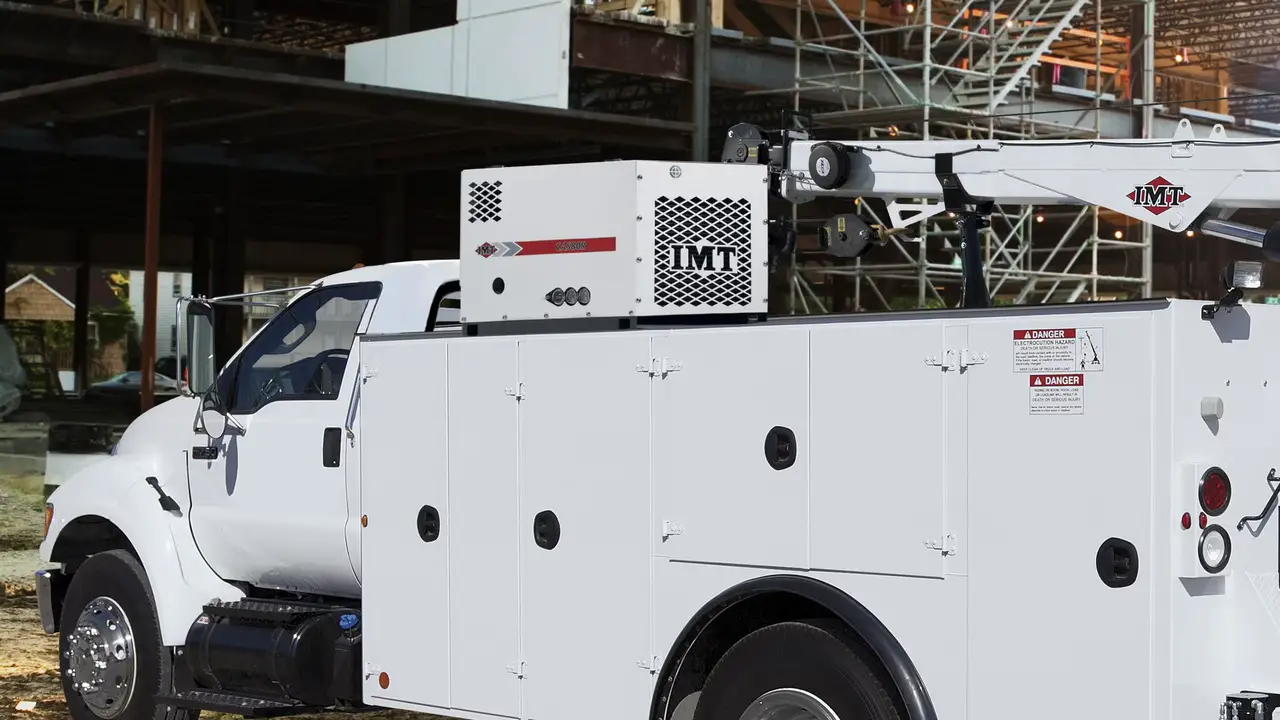
When setting up an air compressor on your service truck, it is important to assess your needs and determine the right size for your specific requirements. Consider factors such as the tools and equipment you will be using, the air pressure needed, and the frequency and duration of use. A larger air compressor may be necessary if you run multiple tools simultaneously or require higher air pressure.
On the other hand, a smaller compressor may suffice for occasional use or lighter-duty applications. It is also crucial to consider the available space on your service truck and ensure that the compressor can be securely mounted and properly ventilated. By carefully evaluating your needs and selecting the appropriate setup, you can ensure that your service truck has an air compressor that meets your requirements and enables efficient and reliable operation.
Choosing The Right Type Of Air Compressor For Your Service Truck
Choosing the right type of air compressor for your service truck setup is crucial to ensure that you have the necessary power and functionality to meet your needs. There are several factors to consider when selecting an air compressor, including the required CFM (cubic feet per minute) rating, tank size, and power source.
It is important to assess your specific requirements and the types of tools or equipment you will be using with the air compressor. Additionally, considering space constraints on your service truck is essential as it will determine the size and mounting options for the compressor. By carefully evaluating these factors and consulting with professionals if needed, you can ensure that your air compressor setup is efficient and meets all your operational needs.
Understanding The Power Source Options For Your Air Compressor
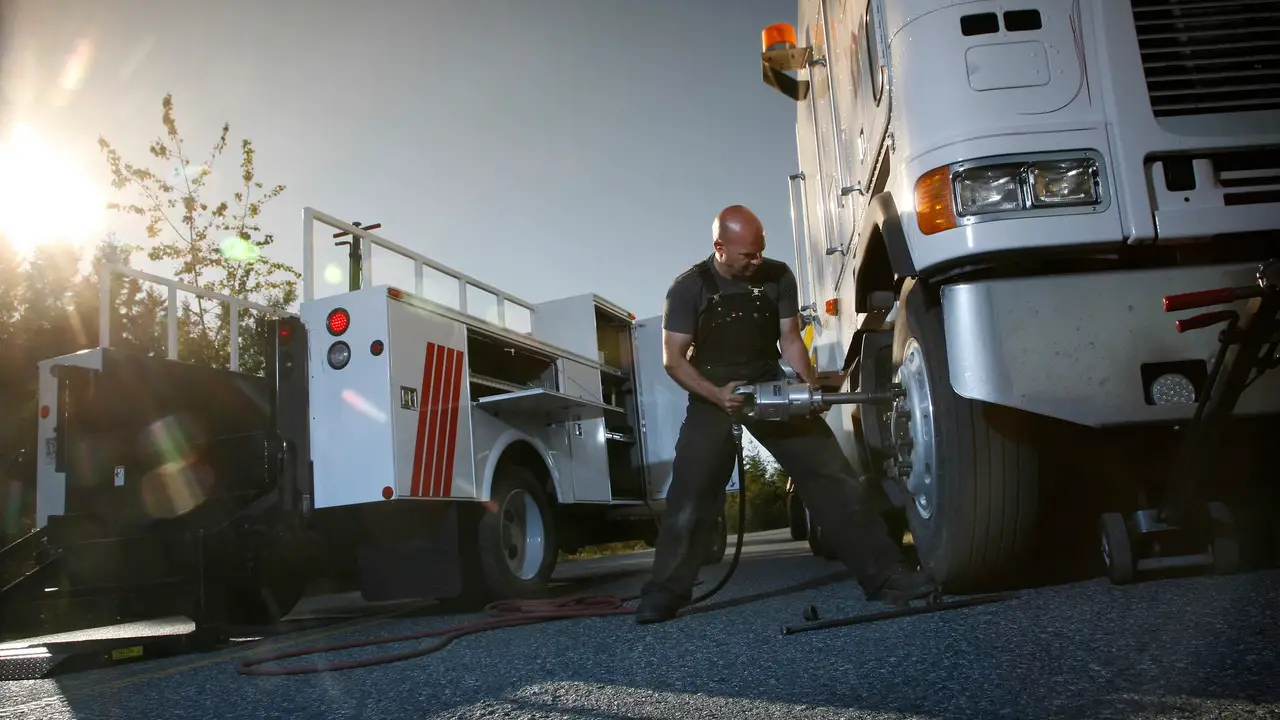
When setting up an air compressor on your service truck, it is important to consider the power source options available. There are several options to choose from, each with its own advantages and considerations. Here are a few common power source options for air compressor setups:
Engine-driven compressors: These are powered by the truck’s engine, using a belt-drive system or a direct-mount configuration. They provide consistent and reliable power but may require additional maintenance and can increase fuel consumption.
PTO-driven compressors: Power Take-Off (PTO) driven compressors utilize the truck’s transmission to power the compressor. They are generally more efficient than engine-driven compressors and can provide high air output, making them suitable for heavy-duty applications.
Electric-powered compressors: These compressors rely on an external power source, such as a generator or shore power connection. They are typically quieter and more compact than engine-driven or PTO-driven compressors but may have portability and continuous use limitations.
Hydraulic-driven compressors: Hydraulic-driven compressors use the hydraulic system of the service truck to generate power for the compressor. These machines have high efficiency, and you can easily integrate them into existing hydraulic systems. But you may need additional hydraulic components and expertise for installation.
When choosing a power source for your air compressor setup, consider the required airflow, duty cycle, portability needs, space availability, and budget constraints. It is also recommended to consult with professionals or manufacturers. To ensure compatibility between the compressor and your chosen power source.
Installing And Mounting The Air Compressor On Your Service Truck
When installing and mounting the air compressor on your service truck, it is crucial to prioritize stability during driving. Follow the manufacturer’s instructions for proper installation and usage of the compressor. Consider your truck’s available space and weight capacity when choosing a mounting location. Secure the compressor using durable brackets or straps to minimize vibrations. Regularly inspect and maintain the mounting to ensure it remains secure and in good working condition.
Ensuring Proper Ventilation And Maintenance For Your Air Compressor
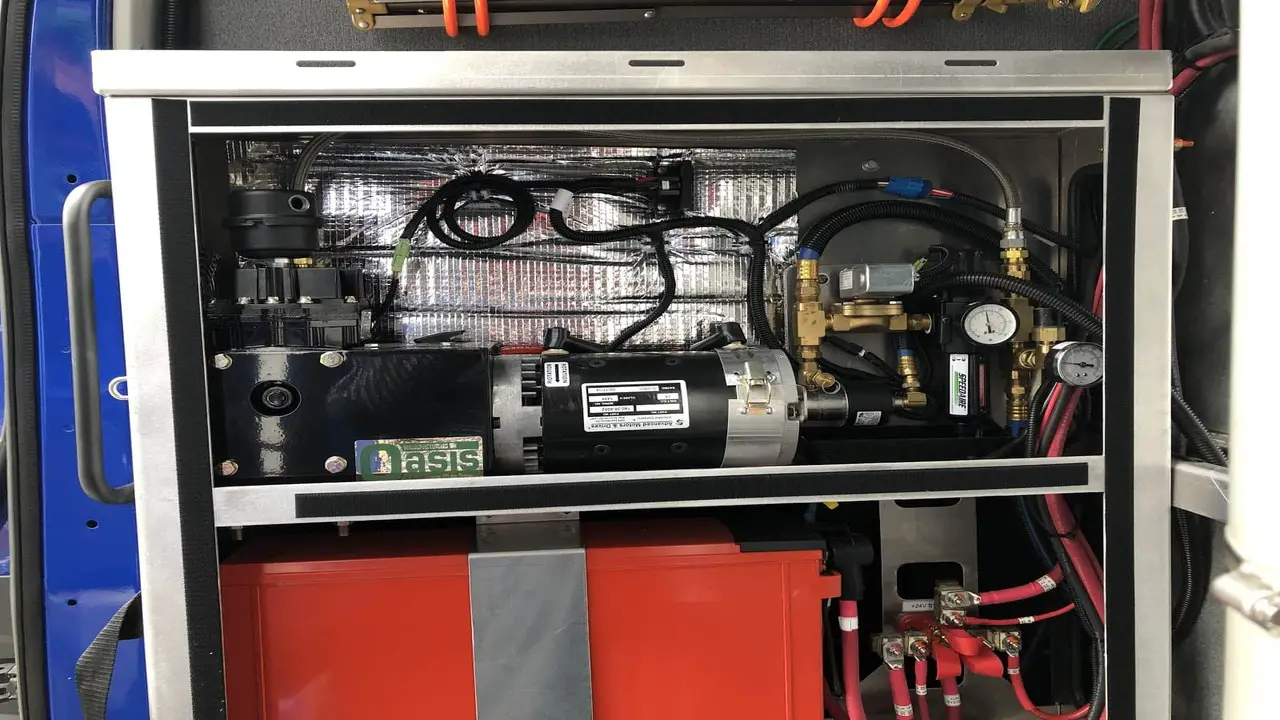
Proper ventilation plays a crucial role in your air compressor’s safe and efficient operation. Regular maintenance, such as checking oil levels and cleaning filters, helps extend its lifespan. To prevent damage during transportation, ensure the compressor is securely mounted, minimizing vibrations.
It’s important to regularly inspect hoses and fittings for wear or leaks to maintain optimal performance. Follow manufacturer guidelines for proper storage and winterization, especially in colder climates. Prioritizing ventilation and maintenance will ensure your service truck air compressor operates at its best.
Essential Accessories And Tools For Your Service Truck Air Compressor Setup
When setting up your service truck air compressor, there are several essential accessories and tools that you should consider. First, ensure you have various air hoses and fittings of different sizes and types to accommodate various applications. An air pressure regulator is also crucial for controlling and adjusting the air pressure to meet specific tool requirements.
Invest in a range of reliable air tools, such as impact wrenches, nail guns, and blowers, to maximize the functionality of your setup. A portable air tank can be useful for storing compressed air when the compressor is not in use or for remote job sites. Lastly, don’t forget to have a maintenance kit handy for regularly maintaining your compressor with filters, lubricants, and replacement parts.
Safety Considerations When Operating A Service Truck Air Compressor
Operating a service truck air compressor involves checking the air tank and the air pressure gauge to ensure the levels are within acceptable range. If the air pressure is low or the tank is empty, the operator must fill the air tank before using it. When operating a service truck air compressor, it is important to prioritize safety. Here are some key considerations to keep in mind:
Proper Ventilation: Ensure that the area where the compressor is located has adequate ventilation to prevent the buildup of fumes or gases. This will help maintain good air quality and reduce the risk of respiratory issues.
Secure Mounting: The air compressor should be securely mounted in the service truck to prevent it from shifting or falling during transportation. Use appropriate brackets and fasteners to ensure stability.
Maintenance Checks: Regularly inspect the air compressor for any wear or damage, such as leaks, loose connections, or worn-out parts. Address any issues promptly to prevent accidents or malfunctions.
Electrical Safety: If your service truck air compressor is powered by electricity, ensure all electrical connections are properly insulated and protected from moisture or damage. Follow proper grounding procedures to minimize the risk of electric shock.
Noise Levels: Service truck air compressors can generate significant noise levels. Use hearing protection when operating the equipment for extended periods to protect your hearing. By following these safety considerations, you can ensure your air compressor setup’s safe and efficient operation.
Troubleshooting Common Issues With Your Air Compressor Setup
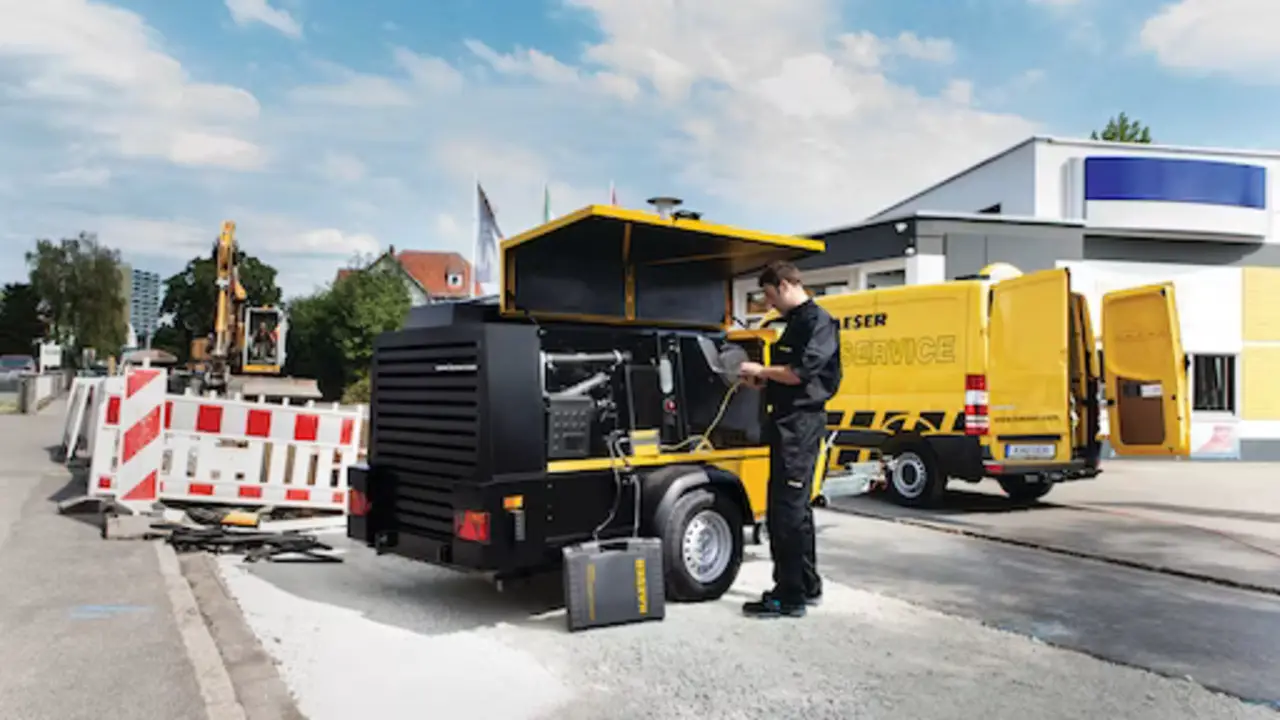
When setting up an air compressor on your service truck, some common issues can arise. Troubleshooting these issues can help ensure your air compressor is functioning properly and provide the necessary power for your tools and equipment. One common issue is a lack of airflow or pressure. A clogged filter, a leak in the system, or a malfunctioning pressure regulator could cause this.
Checking these components and addressing any issues can help restore proper airflow and pressure. Another issue to watch out for is excessive noise or vibrations. This could signify loose or worn-out components, such as belts or pulleys. Tightening or replacing these components can help reduce noise and vibrations.
Additionally, regular maintenance, such as oil changes and filter replacements, can help prevent issues from occurring in the first place. By troubleshooting common issues and maintaining your service truck air compressor. You can ensure that it continues to operate efficiently and effectively on the job.
Conclusion
Setting up a service truck air compressor requires careful consideration and planning. You can ensure optimal performance by assessing your needs and choosing the right size, type, and power source for your air compressor. Proper installation, ventilation, and maintenance are crucial for the longevity of your equipment.
Additionally, having the right accessories and tools will increase efficiency and productivity. Safety should always be a top priority, so familiarize yourself with the necessary precautions and guidelines. Prepared to troubleshoot common issues that may arise.
With the proper setup and maintenance, your service truck air compressor will be a valuable asset for your business. We have provided bulk information for service truck air compressor setup and hope our information was helpful from your perspective.
Frequently Asked Questions
[rank_math_rich_snippet id=”s-b084c1f3-e1d9-416b-bfdc-2184539bd887″]

I am passionate about home engineering. I specialize in designing, installing, and maintaining heating, ventilation, and air conditioning systems. My goal is to help people stay comfortable in their homes all year long.

